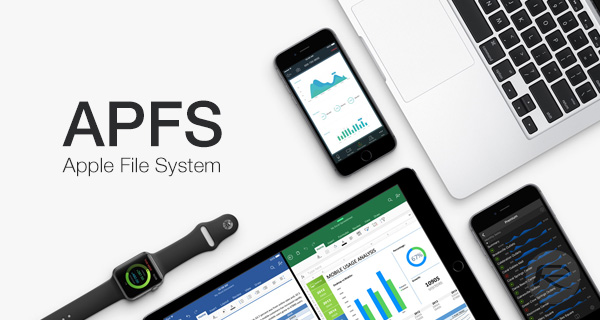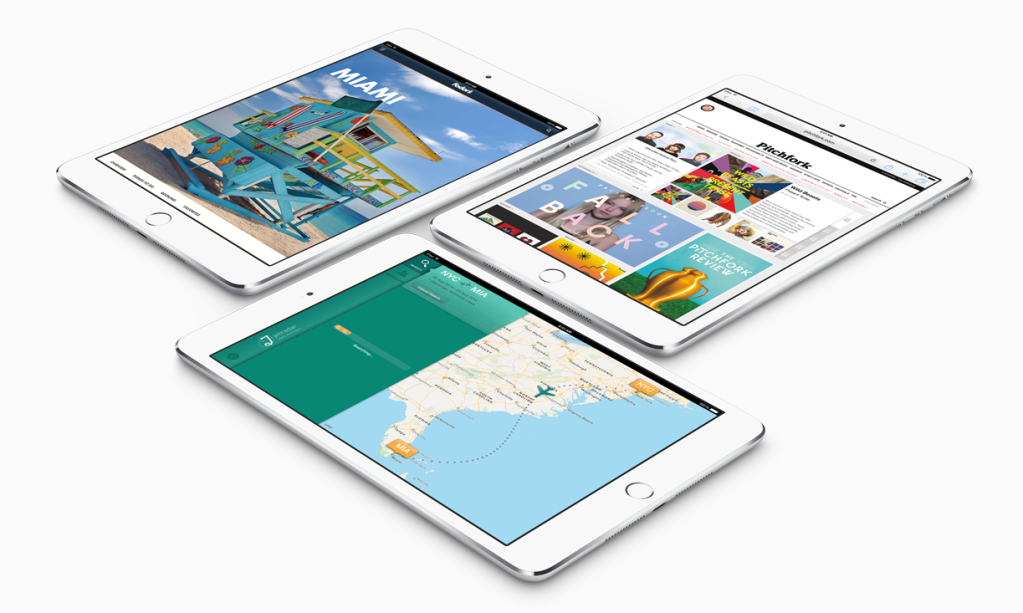Apple’s APFS System
New File Features
It’s not easy to believe that tech-savvy Apple uses a file system that was developed more than 30 years ago. That’s right, 30 years ago, when floppy disks and spinning hard drives were considered cutting-edge technology. The good news is that this cycle is coming to an end. Apple announced that 2017 comes with the […]

